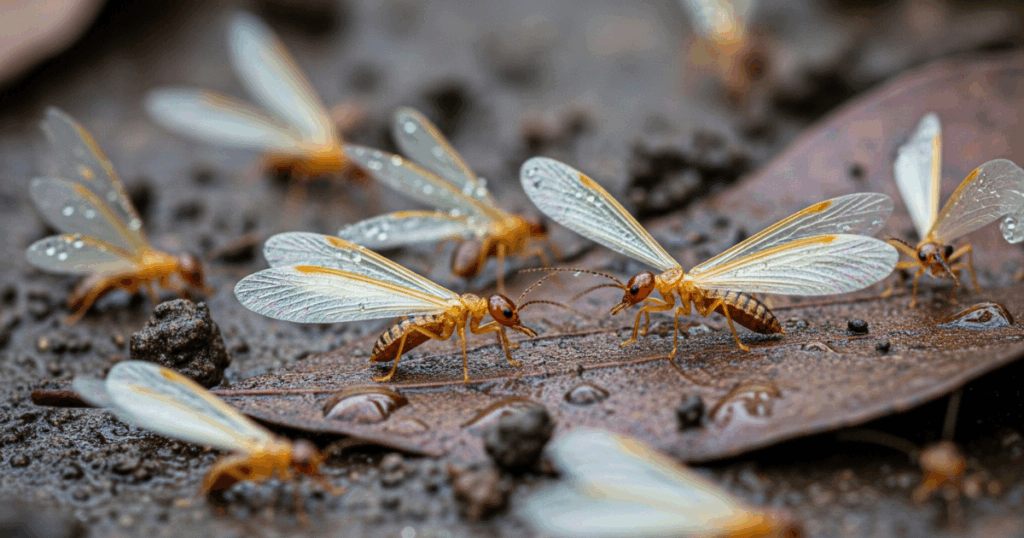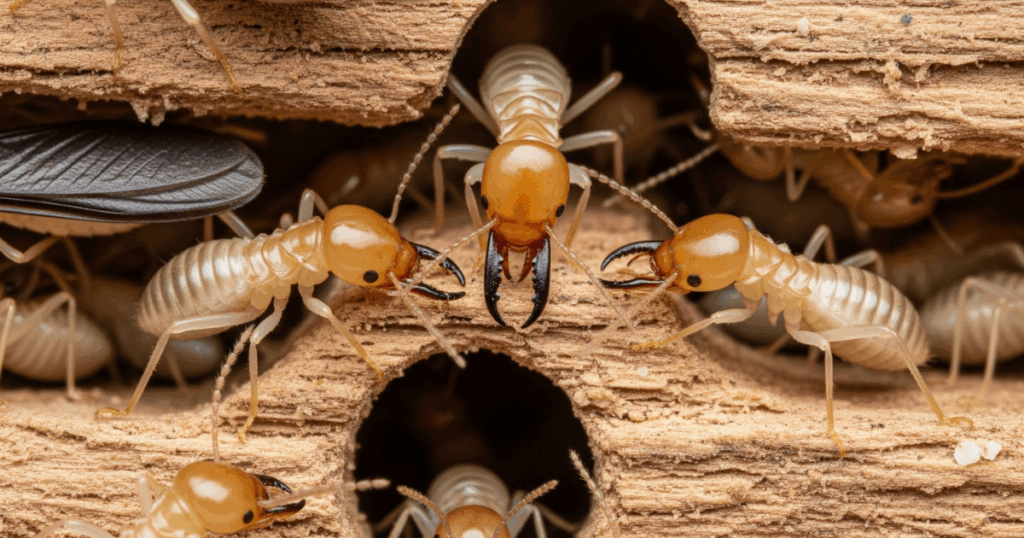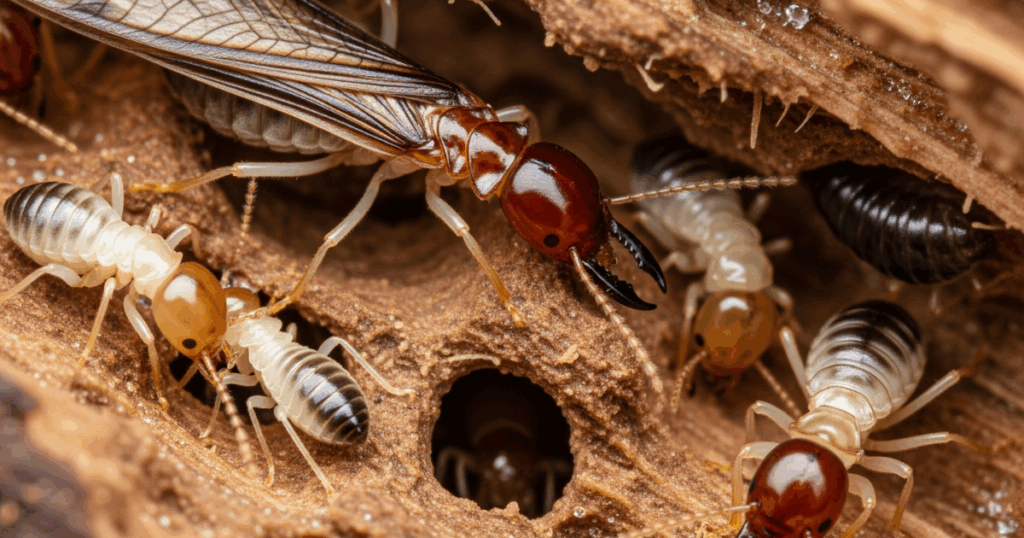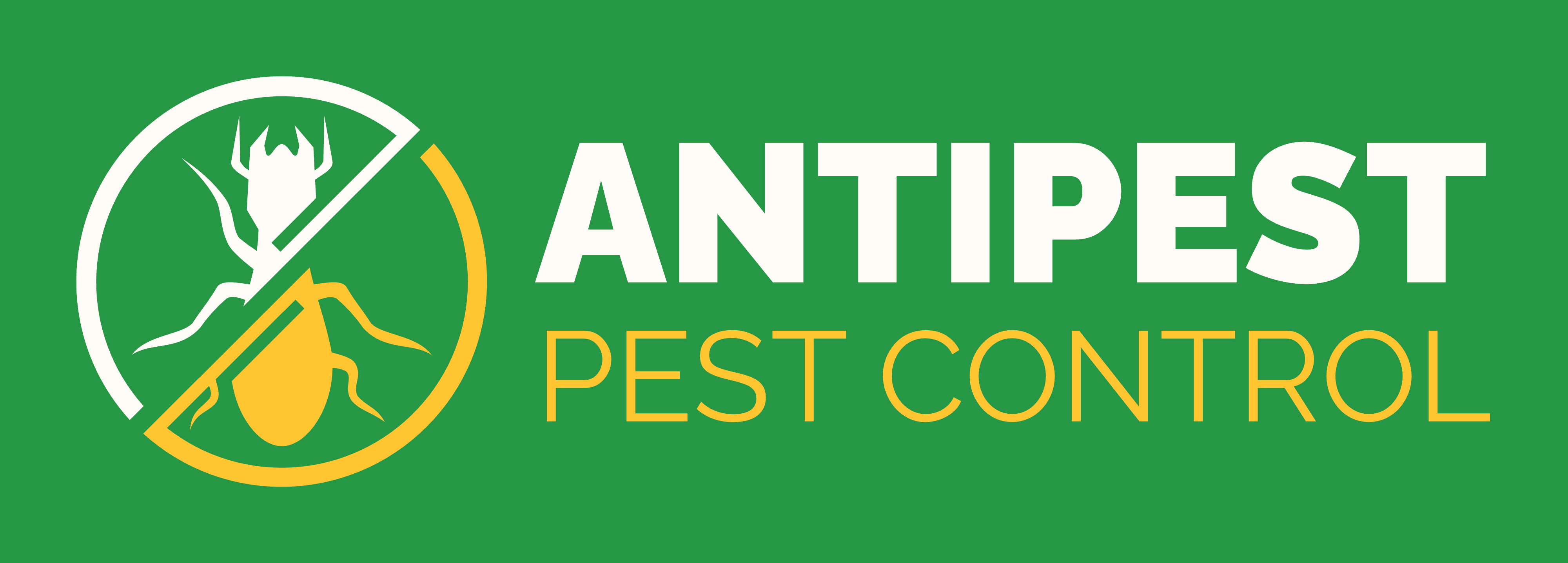Have you ever noticed a sudden surge of winged termites after rain around your home? This phenomenon, while alarming for many, is a perfectly natural part of the termite life cycle and a signal that mature colonies are nearby. Winged termites after rain are not a random occurrence, they emerge in response to specific environmental cues, especially following heavy downpours in spring or early summer.
These winged reproductives, known as alates or swarmers, are on a mission to mate and establish new colonies. The sight of winged termites after rain often raises questions: Are they dangerous? Should you worry about your property? Understanding why these insects take flight after rainfall, and what steps you can take, is essential for any homeowner, especially in regions with seasonal rain patterns.
Table of Contents
Why Do Winged Termites Emerge After Rain?

Termites are highly sensitive to their environment, and winged termites after rain appear because rain brings together the perfect combination of moisture, humidity, and warmth, conditions that signal it’s time to reproduce. When the soil is saturated from a recent storm, it becomes softer, making it easier for newly mated pairs to burrow and start a new nest.
The increased humidity after rain also reduces the risk of dehydration for the delicate, thin-skinned alates during their short mating flights.
Rain alone isn’t the only trigger. The colony must also be mature enough to produce winged reproductives, and external signals like temperature, barometric pressure, and light intensity all play roles in timing the swarming event. Most species of subterranean termites, those most commonly found in homes, rely on these conditions to maximize the survival of their offspring.
Here’s a more detailed breakdown:
- Increased Soil Moisture: Rain saturates the soil, making it easier for termites to dig and build nests.
- Higher Humidity: The increased humidity protects the termites’ wings during their mating flights, preventing them from drying out and dying before they can find a mate.
- Softened Soil: Rain softens the ground, allowing termites to dig more easily and conserve energy for colony establishment.
- Environmental Cues: While rain itself isn’t the sole trigger, it often occurs alongside other factors like warmer temperatures, low winds, and the right season (spring to early summer in many areas), which collectively signal to mature termite colonies that it’s time to swarm.
- Swarming Season: In many regions, termite swarming is most common during the spring and early summer months, often following rain showers.
- Dampwood Termites: Rain can also increase the moisture content of wood, making it more susceptible to dampwood termites, which feed on decaying wood.
| Environmental Factor | Role in Termite Swarming | Typical Post-Rain Duration |
| Soil Moisture | Softens soil for nesting | 1–7 days |
| Air Humidity | Prevents dehydration | 1–3 days |
| Temperature | Activates hormones | Seasonal |
| Light Conditions | Guides swarming timing | Daylight hours |
How Termite Colonies Prepare for Swarming?
A mature termite colony is a well-organized society with distinct roles: workers, soldiers, and reproductive members. Only the latter, the alates, develop wings and participate in the swarming event. These winged termites after rain are the future kings and queens of new colonies.
Swarming is a coordinated effort. Months before the event, the queen releases signals that trigger the development of alates. When the right environmental conditions, especially after rain, are met, thousands of these winged termites pour out of exit holes in the soil or wood, take flight, mate, shed their wings, and search for a suitable spot to start a new colony. This process is brief, often lasting just a few hours, but it’s a critical phase for the species’ survival and spread.
Which Termite Species Swarm After Rain?

Not all termites swarm in the same way, but winged termites after rain are most commonly seen among subterranean species, which are widespread in residential areas. In tropical and subtropical regions, multiple swarming events may coincide with the entire rainy season. In temperate zones, swarming usually peaks after the first significant rain following a dry spell.
Different species have evolved unique strategies. Some, like Nasutitermes and Microcerotermes, fly during rain showers and have hydrophobic wings to repel water, while others, such as Schedorhinotermes, wait until after the rain and fly at night, relying on hydrophilic wings to help them find moist locations for nesting.
| Termite Species | Typical Swarming Season | Flight Distance | New Colony Establishment Time |
| Subterranean Termites | Spring/Summer, after rain | 100–500 feet | 1–3 years |
| Drywood Termites | Late Summer/Fall | 50–200 feet | 3–5 years |
| Desert Termites | Spring/Summer | Variable | 1–2 years |
Why Rain Matters: Environmental Triggers for Winged Termites

Rain is more than just a backdrop for winged termites after rain, it directly influences their behavior. The dampened ground is easier to dig into, allowing mated pairs to establish new nests with less effort. The increased moisture also helps prevent the fragile alates from drying out during their brief, vulnerable flights.
But rain can also create risks for homeowners. Water-damaged wood, leaky pipes, and poorly drained soil around foundations become prime targets for newly mated termites seeking a suitable home. Houses with persistent moisture issues are especially attractive to these pests, making post-rain periods a critical time for vigilance.
Home & Property Impact: What Does Seeing Winged Termites After Rain Mean for You?
If you spot winged termites after rain near your property, it’s a strong indication that a mature termite colony is nearby, possibly even within your home’s structure. While the swarmers themselves do not cause structural damage, their presence is a warning sign. The real threat comes from the worker and soldier castes that may already be present, silently eating away at wood, or from the potential for new colonies to be established.
Over time, unchecked termite activity can lead to significant structural damage, often unnoticed until it’s extensive. Prevention and early detection are key: even if you only see a few winged termites, it’s wise to act quickly.
Practical Prevention and Management Strategies
Protecting your home from winged termites after rain involves both immediate response and long-term prevention.
Immediate Steps During Swarming Events:
- Turn off outdoor lights at night to avoid attracting swarmers.
- Seal windows and doors to prevent entry.
- Vacuum up any swarmers that get inside, this can help reduce the number of potential colony starters.
- Remove wing piles left behind after swarming, these can indicate entry points.
- Document the timing and location of swarms for professional assessment.
Learn how to get rid of wood eating insects and keep your furniture safe for years.
Long-Term Prevention:
- Fix leaks in roofs, pipes, and faucets to eliminate moisture sources.
- Ensure proper drainage around your home’s foundation, directing water away from the structure.
- Keep wood (firewood, lumber, mulch) away from your house and off the ground.
- Prune plants and remove dead wood from your yard.
- Schedule regular professional inspections, especially after noticing winged termites after rain.
Professional Intervention:
If you see signs of termites, or even just suspect their presence, contact a licensed pest control provider. Experts can identify the species, assess the extent of an infestation, and recommend targeted treatments to protect your property.
What to Do If You See Winged Termites After Rain?
- Stay Calm: Swarming is a natural event, but it’s a signal to act.
- Document: Note where and when you see the termites. Take photos if possible.
- Limit Access: Close windows, doors, and gaps. Use screens if available.
- Reduce Attractants: Fix leaks, improve drainage, and clear clutter near your home.
- Call a Professional: Arrange for an inspection and possible treatment.
Myths and Misconceptions About Winged Termites After Rain
- Myth: All flying insects after rain are termites.
Fact: Flying ants are often mistaken for winged termites. Termites have straight antennae, equal-sized wings, and thick waists, while ants have elbowed antennae and a narrow waist. - Myth: Winged termites cause the most damage.
Fact: The real damage is done by worker termites over months or years. Swarmers are just the reproductive phase. - Myth: Only old homes get termites.
Fact: Termites can infest any structure with wood and moisture, regardless of age.
Conclusion: Stay Vigilant and Proactive
Winged termites after rain are more than a seasonal curiosity, they’re a sign that conditions are right for termite reproduction and potential infestation. Recognizing this connection empowers you to take action before minor sightings become major problems. Reducing moisture, sealing entry points, and scheduling professional inspections are practical, effective ways to safeguard your home. Seeking professional pest control services represents an excellent decision for homeowners serious about achieving complete insect elimination.
For comprehensive and hassle-free Termite removal and long-term pest prevention, trust the professionals at Antipest Office. Visit us at theAntipest Office, Our trained technicians use safe and effective methods to protect your home and business. For service bookings and consultations, call us at+91 9819018398.
Why Do Winged Termites Come Out After Rain? – FAQs
What environmental conditions bring out winged termites after rain?
Winged termites after rain are triggered by a combination of rain-soaked soil, warm temperatures, and increased humidity
Are winged termites after rain a sign of infestation?
Seeing winged termites after rain near your home signals a mature colony nearby and potential risk of infestation; immediate inspection is recommended.
How long do winged termites after rain remain active?
Winged termites after rain typically fly for just a few hours, shedding their wings quickly after landing to start new colonies in damp soil or wood.
Why do winged termites swarm indoors after rain?
Winged termites after rain may enter homes seeking moisture and shelter; sealing cracks, fixing leaks, and reducing humidity helps prevent indoor swarms.
What steps should I take if I notice winged termites after rain near my house?
Document the sighting, turn off outdoor lights, seal entry points, and arrange a professional inspection after spotting winged termites after rain.
How can I differentiate winged termites after rain from other flying insects?
Winged termites after rain have straight antennae, equal-sized wings, and thick waists, distinct from the bent antennae and narrow waists of flying ants.
Do all regions experience winged termites after rain?
Winged termites after rain are most common in areas with distinct wet seasons but can appear wherever mature colonies and sufficient rainfall coincide.
Can winged termites after rain damage my home immediately?
Winged termites after rain themselves cause no immediate damage, but their presence indicates risk of future infestation if new colonies form undetected.
What’s the best way to prevent winged termites after rain from entering my property?
Reduce moisture, improve drainage, seal cracks, and schedule regular professional inspections to deter winged termites after rain from establishing new colonies.
Why are winged termites after rain more likely to be seen around my home’s foundation?
Winged termites after rain often gather near foundations because rain soaks the soil, making it easier to start new nests.

